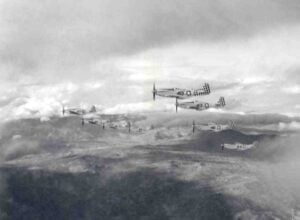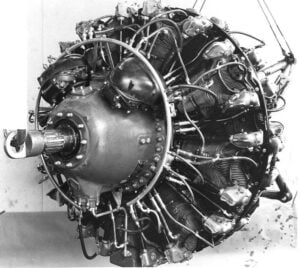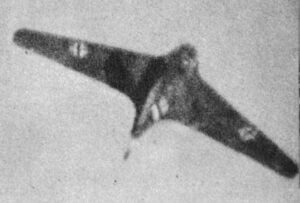How Can the F22 and B2 Ended World War II in One Week If Sent Back in Time
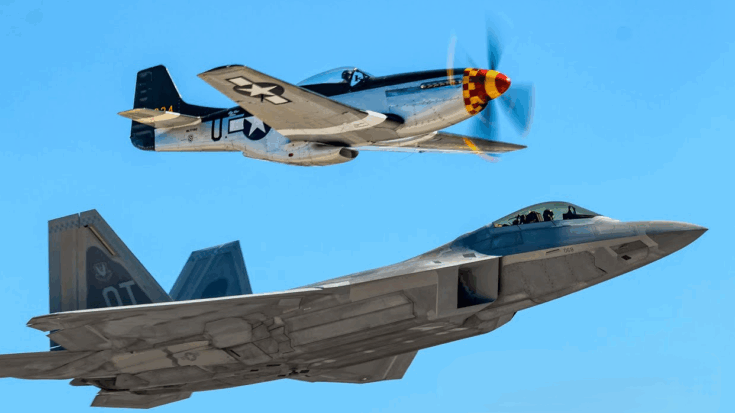
AirshowStuffVideos / YouTube
World War II was the most destructive conflict in modern history. Lasting six years, it spanned the globe and claimed more than 70 million lives. Cities crumbled into ruins, and entire communities vanished. But what if the war’s final year could have been cut short? Imagine no atomic bomb, no drawn-out invasion, and no months of attrition—only two aircraft from the 21st century suddenly appearing in 1945. The F-22 Raptor and the B-2 Spirit, both decades beyond anything of that era, could have changed the outcome in a matter of days.
Arrival of the Future Aircraft
The F-22 Raptor is a supersonic stealth fighter capable of detecting and engaging multiple opponents before they even know it is near. Its advanced radar sees across vast distances, and its stealth design hides it from detection. It would outmatch the Luftwaffe’s fastest fighters without ever entering a traditional dogfight. The B-2 Spirit is a stealth bomber able to cross enemy territory without being spotted. With its flying-wing design and minimal heat signature, it could strike high-value targets with precision and vanish before anyone realized it had been overhead.
On the first morning of operations, German radar would briefly register an unknown contact, only for it to vanish moments later. Airfields would erupt in flames before pilots could take off. In the skies, the F-22 would eliminate defending fighters before they saw their attacker. In the south, the B-2 would approach undetected, delivering guided munitions onto military depots and cutting supply lines. Communications hubs, fuel reserves, and transport routes would be destroyed in coordinated strikes, leaving confusion and disarray.
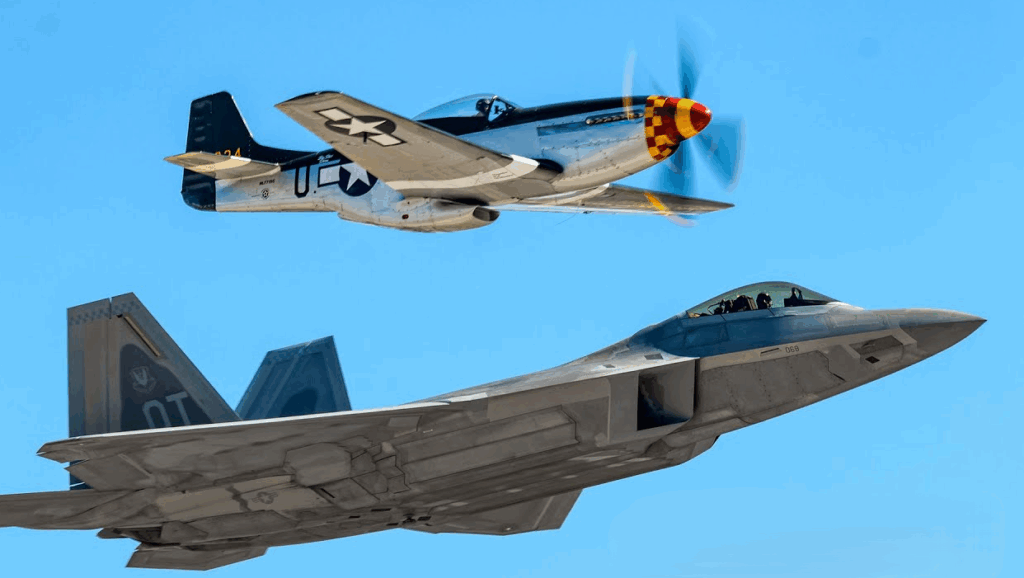
Shifting the Balance
The strategy would not simply rely on destruction but on creating paralysis. With air superiority gone within 48 hours, there would be no reconnaissance flights and no effective defense. Armies at the front would lose contact with their command structures. Supply convoys would be halted before they reached their destinations. The rapid loss of control would weaken military coordination far more than a single large battle could.
By the third day, the German command structure would be in crisis. Units cut off from orders would retreat or surrender. With the B-2’s ability to strike deep at night, key rail lines and power grids would be taken out without warning. The inability to repair or protect these assets would force leaders to act defensively, limiting their ability to continue the fight. Fear of an invisible attacker—one that could not be tracked or engaged—would spread among both soldiers and civilians.
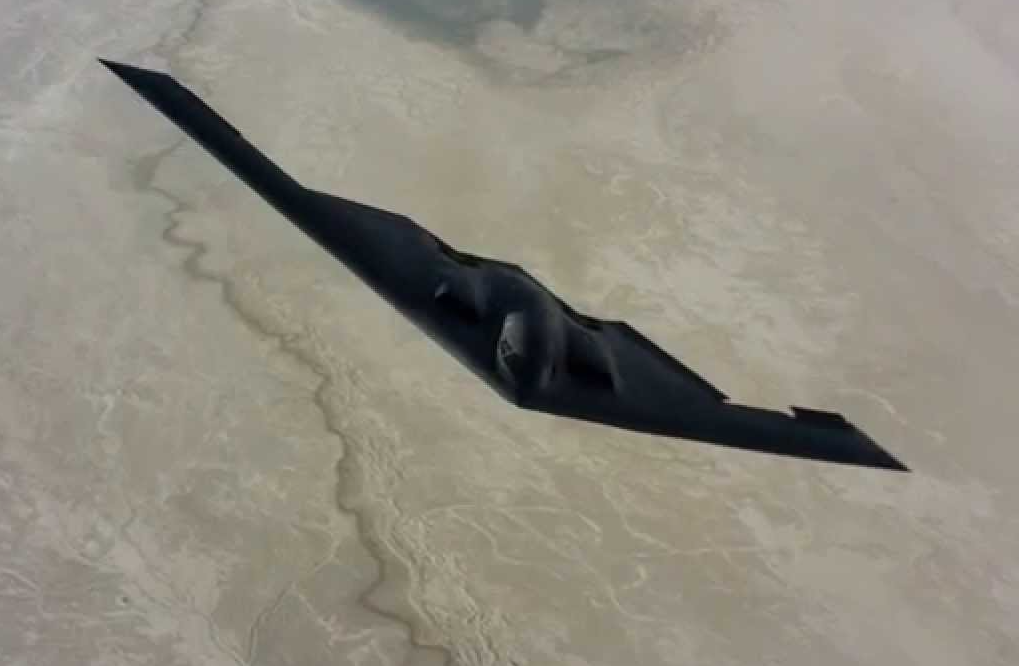
Across the Pacific
In the Pacific, Japan would be preparing for a massive Allied invasion, training pilots for suicide missions and civilians for desperate resistance. But instead of a seaborne assault, a new kind of attack would begin. In the early hours over Yokosuka Naval Base, explosions would tear through fuel stores and naval vessels without any sound of approaching aircraft. Simultaneously, the F-22 would remove defensive fighters from the skies before they could launch, while radar stations went silent under jamming and direct strikes.
Collapse Without a Traditional Battle
Within three days, Japan’s defensive capabilities would be shattered. Factories producing weapons would be destroyed, and communication lines severed. Without a visible enemy, leaders would face a war they could not fight. The loss of infrastructure, coupled with the inability to respond, would remove any hope of organized resistance. Surrender would come not through a devastating single weapon but through sustained, precise attacks that eliminated the means to fight altogether.
In this alternate history, cities would remain largely intact, and civilian casualties would be far fewer. Allied forces would enter territory where the fighting had stopped before it began. The two aircraft would vanish as suddenly as they had appeared, leaving only speculation about their origin. Victory would come swiftly—not through years of attrition, but through overwhelming technological advantage applied with precision.
Watch the infographic video below:














